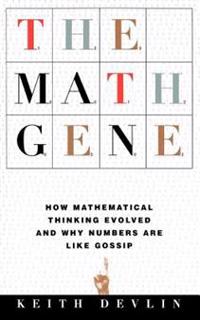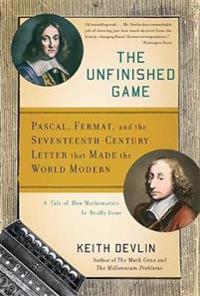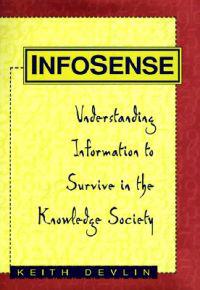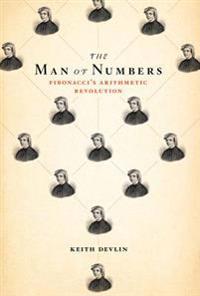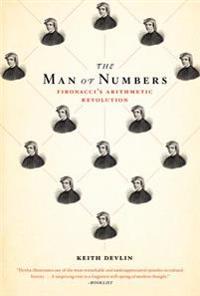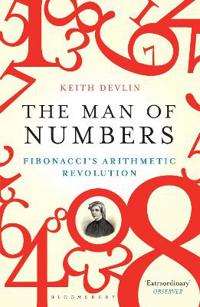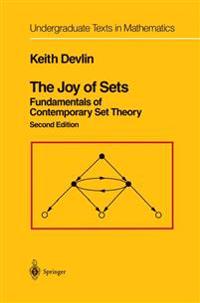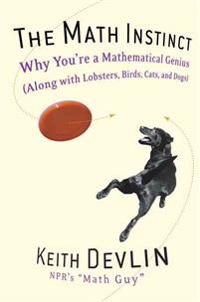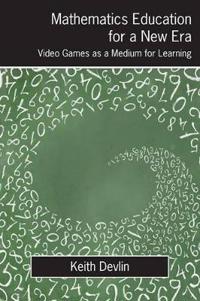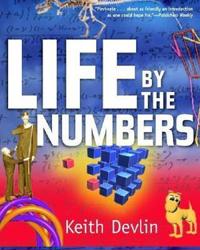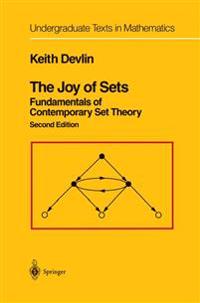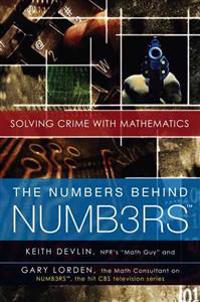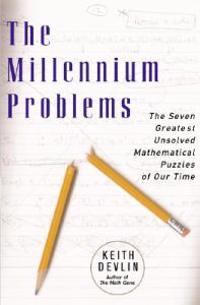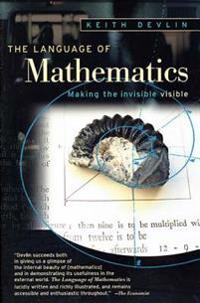The Math Gene (Häftad)
avKeith Devlin
ISBN: 9780465016198 - UTGIVEN: 200104Why is math so hard? And why, despite this difficulty, are some people so good at it? If there's some inborn capacity for mathematical thinking--which there must be, otherwise no one could do it --why can't we all do it well? Keith Devlin has answers to all these difficult questions, and in giving t[...]
The Unfinished Game (Pocket)
avKeith Devlin
ISBN: 9780465018963 - UTGIVEN: 2010-03In the early seventeenth century, the outcome of something as simple as a dice roll was consigned to the realm of unknowable chance. Mathematicians largely agreed that it was impossible to predict the probability of an occurrence. Then, in 1654, Blaise Pascal wrote to Pierre de Fermat explaining tha[...]
Goodbye, Descartes: The End of Logic and the Search for a New Cosmology of (Häftad)
avKeith Devlin
ISBN: 9780471251866 - UTGIVEN: 1998-03-31Infosense: Turning Information into Knowledge (Inbunden)
avKeith Devlin
ISBN: 9780716734840 - UTGIVEN: 199910Information has been called everything from the new gold standard to the fundamental building block of the universe. No matter where we live or what we do for a living, it is ever present in our lives, and many of us are barraged with it daily. Yet few of us know how to distinguish information from [...]
The Man of Numbers: Fibonacci's Arithmetic Revolution (Inbunden)
avKeith Devlin
ISBN: 9780802778123 - UTGIVEN: 201107In 1202, a 32-year old Italian finished one of the most influential books of all time, which introduced modern arithmetic to Western Europe. Devised in India in the 7th and 8th centuries and brought to North Africa by Muslim traders, the Hindu-Arabic system helped transform the West into the dominan[...]
The Man of Numbers: Fibonacci's Arithmetic Revolution (Häftad)
avKeith Devlin
ISBN: 9780802779083 - UTGIVEN: 201207Leonardo of Pisa-better known today as Fibonacci-was the first Westerner to recognize the power of the Hindu-Arabic number system (featuring the numerals 0 through 9), which offered a much simpler method of calculation than the finger reckoning and cumbersome Roman numerals used at the time. His boo[...]
The Man of Numbers (Häftad)
avKeith Devlin
ISBN: 9781408822487 - UTGIVEN: 2012-11In 1202, a 32-year old Italian finished one of the most influential books of all time, which introduced modern arithmetic to Western Europe. Devised in India in the seventh and eighth centuries and brought to North Africa by Muslim traders, the Hindu-Arabic system helped transform the West into the [...]
The Man of Numbers (Häftad)
avKeith Devlin
ISBN: 9781408824443 - UTGIVEN: 2011-11In 1202, a 32-year old Italian finished one of the most influential books of all time, which introduced modern arithmetic to Western Europe. Devised in India in the seventh and eighth centuries and brought to North Africa by Muslim traders, the Hindu-Arabic system helped transform the West into the [...]
The Joy of Sets (Häftad)
avKeith Devlin
ISBN: 9781461269410 - UTGIVEN: 201210This text covers the parts of contemporary set theory relevant to other areas of pure mathematics. After a review of "naive" set theory, it develops the Zermelo-Fraenkel axioms of the theory before discussing the ordinal and cardinal numbers. It then delves into contemporary set theory, covering suc[...]
The Math Instinct (Pocket)
avKeith Devlin
ISBN: 9781560258391 - UTGIVEN: 2006-05There are two kinds of math: the hard kind and the easy kind. The easy kind, practiced by ants, shrimp, Welsh Corgis and us is innate. But what innate calculating skills do we humans have? Leaving aside built-in mathematics, such as the visual system, ordinary people do just fine when faced with[...]
Mathematics Education for a New Era (Häftad)
avKeith Devlin
ISBN: 9781568814315 - UTGIVEN: 201102Stanford mathematician and NPR Math Guy Keith Devlin explains why, fun aside, video games are the ideal medium to teach middle-school math. Aimed primarily at teachers and education researchers, but also of interest to game developers who want to produce videogames for mathematics education, Mathema[...]
Mathematician's Lament (Pocket)
avPaul Lockhart, Keith Devlin, Paul Lockhart
ISBN: 9781934137178 - UTGIVEN: 200904"One of the best critiques of current mathematics education I have ever seen."--Keith Devlin, math columnist on NPR's "Morning Edition"A brilliant research mathematician who has devoted his career to teaching kids reveals math to be creative and beautiful and rejects standard anxiety-producing teach[...]
Life by the Numbers (Häftad)
avKeith J. Devlin, Devlin, Kevin Devlin
ISBN: 9780471328223 - UTGIVEN: 1999-03Why do leopards grow spots when tigers grow stripes? Is the universe round, square, or some other shape? How do the dimples in a golf ball give it greater lift? Is there such a thing as a public mood? If so, how can we accurately take its pulse?Only one tool of the human mind has the power and versa[...]
The Joy of Sets: Fundamentals of Contemporary Set Theory (Inbunden)
avKeith J. Devlin
ISBN: 9780387940946 - UTGIVEN: 1994-10This book provides an account of those parts of contemporary set theory that are relevant to other areas of pure mathematics. Intended for advanced undergraduates and beginning graduate students, the text is written in an easy-going style, with a minimum of formalism. The book begins with a review o[...]
The Numbers Behind Numb3rs: Solving Crime with Mathematics (Häftad)
avKeith J. Devlin, Gary Lorden
ISBN: 9780452288577 - UTGIVEN: 200708A companion volume to the hit CBS television series Numb3rs explains the real-life mathematical techniques used by law enforcement agencies to help catch and convict criminals and presenting compelling real-life cases to demonstrate how advanced mathematics is used in state-of-the-art criminal inves[...]
The Millennium Problems (Häftad)
avKeith J. Devlin
ISBN: 9780465017300 - UTGIVEN: 200309An account of the Clay Foundation's 2000 competition to solve seven high-level math problems references the Hilbert Problems of 1900 and cites the Millennium Problems' significance in the fields of math and science. 30,000 first printing.[...]
The Language of Mathematics: Making the Invisible Visible (Häftad)
avKeith J. Devlin
ISBN: 9780805072549 - UTGIVEN: 200003

